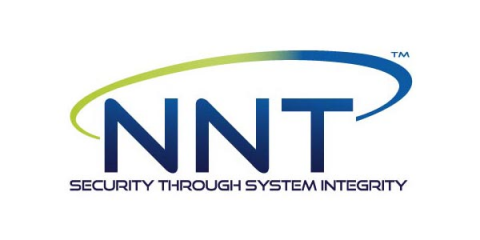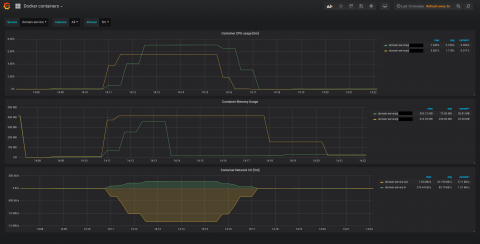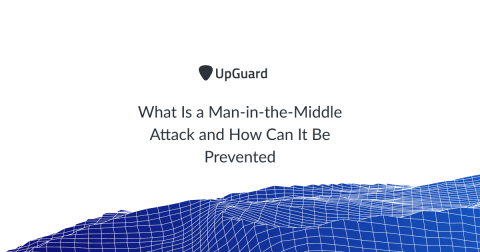Integrating Security to DevOps: Fundamental Principles Are Crucial!
Changing consumer demands posed a serious challenge to the IT industry; it pushed firms to brainstorm about quick product delivery. This demand eventually gave rise to the demand for collaboration between Development (Dev) and Operations (Ops) teams, welcoming the DevOps trend. As a result, everything started progressing well with increased development, enhanced collaboration, advanced testing, high productivity and minimized time to market.









